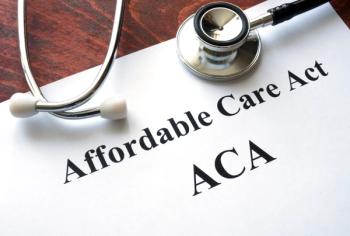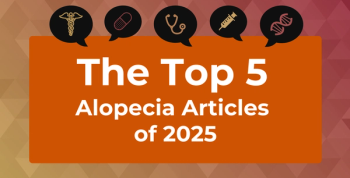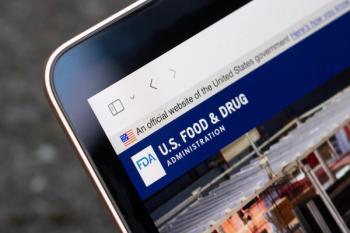
Express Scripts Drug Spending Growth Slowed to 5.2% in 2015
Despite price inflation of at least 20% on more than one-third of brand-name medications in 2015, Express Scripts reported slowed increases in overall drug spending.
Despite price inflation of at least 20% on more than one-third of brand-name medications in 2015, Express Scripts reported slowed increases in overall drug spending by using cost-saving solutions and specialized care, according to the company’s
The 2015 growth rate in prescription drug spending slowed to 5.2%, about half the increase seen in 2014. However, specialty medications accounted for 37% of drug spending in 2015 and are expected to reach 50% of spending by 2018. There was a 25% spending increase for inflammatory condition medications. Biosimilars for 2 of the top 3 drugs in this class may reach the US market in 2017.
Hepatitis C treatment was a leading driver of record drug spending in 2014. However, payers enrolled in Express Scripts’ Hepatitis Cure Value Program were able to address the challenge of providing curative therapy to all hepatitis C patients, not only those with the most severely damaged livers. In 2015 these payers lowered the cost of curative therapy by 50%, saving $1 billion while providing treatment to nearly 50,000 patients. Payers with Express Scripts’ compound management solution also lessened large increases in spending on compounded medications that occurred in 2014, achieving a 97% drop in total plan costs for this class of drugs 2015.
High-cost therapies for conditions such as cancer, high cholesterol, and Alzheimer’s disease will continue to increase the population of patients with high annual drug expenditures, the report notes. The last decade saw an unprecedented number of FDA approvals for oncology medications—therapies that have positive impacts on patient care but come with hefty price tags averaging more than $8000 per prescription. Cancer is increasingly becoming a chronic disease that could require more complex, costly, and long-term treatments.
Diabetes was the most expensive nonspecialty class, with a 14% overall increase in spending. Even though insulin glargine (Lantus), the preferred insulin in the company’s National Preferred Formulary, had a 13.7% decrease in unit cost, high costs for prefilled insulin pens and newer, expensive therapies continue to drive spending in the diabetes drug class. Drugmaker consolidation, price hikes preceding impending patent expirations, and hyperinflation on older medications without competition all contributed significantly to increased drug spending.
Looking into the future, the Express Scripts report predicts that payers who closely manage their benefits will soon be able to leverage the generic availability of specialty medications and also extract a potential $39.7 billion in savings from biosimilars over the next 5 years. Clients using the company’s formulary in 2016 will save $1.3 billion while maintaining high quality by leveraging competition among similar drugs in the same therapeutic class.
Newsletter
Stay ahead of policy, cost, and value—subscribe to AJMC for expert insights at the intersection of clinical care and health economics.








































